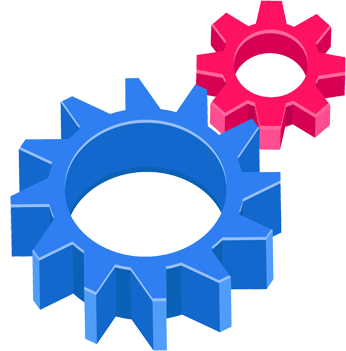Welcoming a New Blog and a New Champ: eDiscovery Trends
OK, I admit that only one of these topics is completely about eDiscovery – the other is somewhat about eDiscovery, sort of…
When I attended Relativity Fest last week (here’s a recap of some of the highlights), one of the highlights of the conference was the ACEDS happy hour on Monday evening, where I got to visit with everybody from my CloudNine colleagues to Kelly Twigger to Bill Hamilton to Andy Sjeja to Tom and Gayle O’Connor to George Socha to Jim Gill.
I had never met Jim Gill before, but I have been a fan of his work on the Exterro blog. So, I was delighted to find out that Jim was joining the ACEDS team to manage marketing for them. And, now – not surprisingly – ACEDS has announced a new blog called the ACEDS eDiscovery Voice! Jim’s first post discussed one of the panels at Relativity Fest, where David Horrigan of Relativity moderated (how many panels did he moderate, just sayin’) and Mary Mack Executive Director of ACEDS, Patrick Burke from Cardozo Law School; Wendy Collins Perdue, Dean of the University of Richmond School of Law; William Hamilton, Professor at the University of Florida School of Law; and Hon. Xavier Rodriguez, US District Judge and Professor at St. Mary’s Law school all participated as panelists.
Jim’s post discussed how the legal profession is changing and how legal project management is causing traditional training of attorneys and paralegals to shift (there’s that word again). Good post and I look forward to more good posts in the new ACEDS blog.
In my years of providing litigation support and technology services to clients, I’ve worked on my share of high-stress and high-deadline projects. One project from the early 90’s stands out during my “Big 6” (as it was known back then) consulting days – I was recruited to join the project on a Friday the 13th (which should have been a clue) and worked ungodly hours (and most weekends) for the next three months to manage data related to a Chapter 11 bankruptcy re-organization and submit a reorganization plan to the court (that hearing was also on a Friday the 13th). Our working pattern was two to three nights of working late (typically between 10pm and midnight) and then one night of hanging out at the hotel bar, which is the only bar I’ve ever been able to go into and request “the usual”.
Anyway, imagine working a project like that for seven to nine months, with many nights working late, some under the most extreme stress, with the whole world watching and a city (devastated by recent floods) counting on you to give them a big lift and bring them joy. When some of them have never experienced that joy in up to 55 years of waiting. No pressure, right? :o)
With all due respect to my friends and readers of the blog from Los Angeles, I’m talking about the Houston Astros, who won their first ever championship Wednesday night in the last game – winner take all – in the season. While I celebrate the Astros’ championship (while at the same time wishing that my mother and father had lived long enough to see it), it occurs to me that a baseball team is much like a project team, doing what they can to come through in the clutch to meet deadlines. While those of us who don’t play major league baseball will not get the headlines that they do, the satisfaction of meeting a goal is much the same. Congratulations, Astros and congratulations Houston!
So, what do you think? Do you have any extreme project stories to share? As always, please share any comments you might have or if you’d like to know more about a particular topic.

Image Copyright © ESPN
Disclaimer: The views represented herein are exclusively the views of the author, and do not necessarily represent the views held by CloudNine. eDiscovery Daily is made available by CloudNine solely for educational purposes to provide general information about general eDiscovery principles and not to provide specific legal advice applicable to any particular circumstance. eDiscovery Daily should not be used as a substitute for competent legal advice from a lawyer you have retained and who has agreed to represent you.









